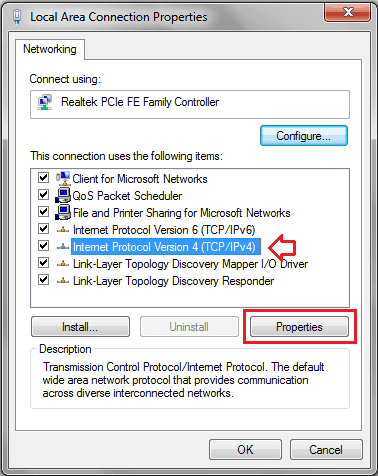

The VPC DNS doesn't fall back on the public hosted zone if the record isn't present in the private hosted zone. Clients in the VPC can't resolve a record that was created in the public hosted zone. For example, you might have both a private hosted zone and a public hosted zone for the domain associated with a VPC. When using a private hosted zone and no resolver rule:Ĭheck if there's a private hosted zone with matching domain names associated with the VPC. In this case, the DNS query is sent to the target IP address configured as the target in the resolver rule. For more information, see Considerations when working with a private hosted zone.

If the resolver rule and private hosted zone domain name overlap, the resolver rule takes precedence. When using resolver rules and private hosted zones: If you're using the VPC DNS resolver, then check the private hosted zones and Route 53 resolver rules. If you don't see the VPC DNS resolver in /etc/nf, then check the custom DNS resolver.Ģ. For example, if the VPC CIDR is 10.0.0.0/8, then the DNS resolver IP address should be 10.0.0.2. Look for the default VPC DNS resolver (which is the VPC CIDR+2). For Windows, check the DNS servers in the ipconfig /all output. Check the resolver IP address configured on the client operating system (OS). Determine if the DNS resolution issue exists only in the VPCġ. Confirm that the parent hosted zone () contains a record for the domain name you're trying to resolve. If the delegation isn't valid, then delete the NS record for the domain. For example, if an NS record for exists, then the authority for 2. If an NS record for a subdomain exists, then the authority for the domain and its subdomains was delegated to another zone. Check the parent hosted zone for a Name Server (NS) record for the domain name you're resolving.
#Rcode for error in dns how to
For steps on how to list records in Route 53, see Listing records. For example, if you're receiving an NXDOMAIN response when trying to resolve then check the example**.com** hosted zone for the record. Confirm that the requested record existsĬheck that the hosted zone for the domain contains the requested record.
#Rcode for error in dns update
If the domain is registered with a third party, then refer to their documentation for steps on how to update the name servers. If the domain is registered with Route 53, then see Adding or changing name servers and glue records for a domain. Important: If the name servers aren't identical, then you must update them at the domain registrar. Confirm that the Name Servers listed in the hosted zone details are identical to the Name Servers in the whois or dig +trace output. On the details page for the hosted zone, choose Hosted zone details.Ĩ. On the Hosted zones page, choose the radio button (not the name) for the hosted zone. In the navigation pane, choose Hosted zones.Ħ. Registrar Abuse Contact Email: Abuse Contact Phone: 48Īnother way to check the name servers configured in Linux machine is to use the dig utility.Įxample dig +trace output: dig +trace Registry Domain ID: 87023946_DOMAIN_COM-VRSN In the whois output, note the Name Servers that are authoritative for your domain. For more information and how to resolve this scenario, see My domain is suspended (status is ClientHold).ģ. Note: If the domain is registered with Amazon Registrar, you can use the Amazon Registrar whois lookup tool.Ģ.
#Rcode for error in dns windows
For Windows: Open a Windows command prompt, and then enter whois -v.


Resolution Confirm that the correct name servers were configured on the domain registrarġ.


 0 kommentar(er)
0 kommentar(er)
